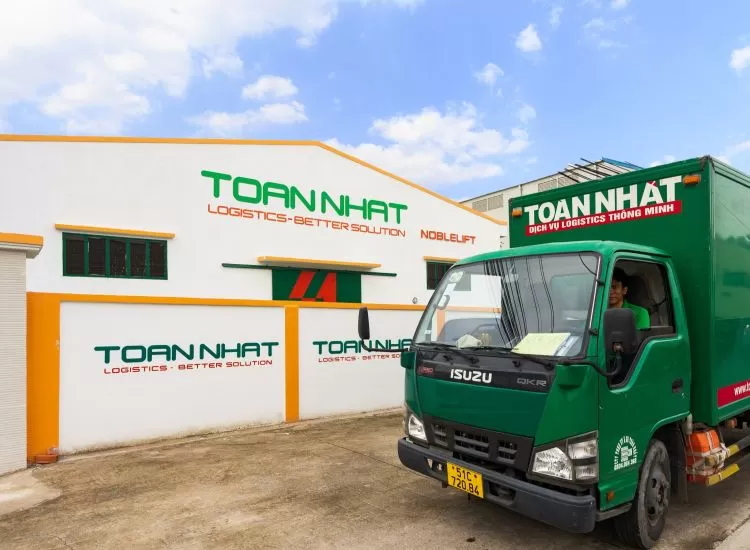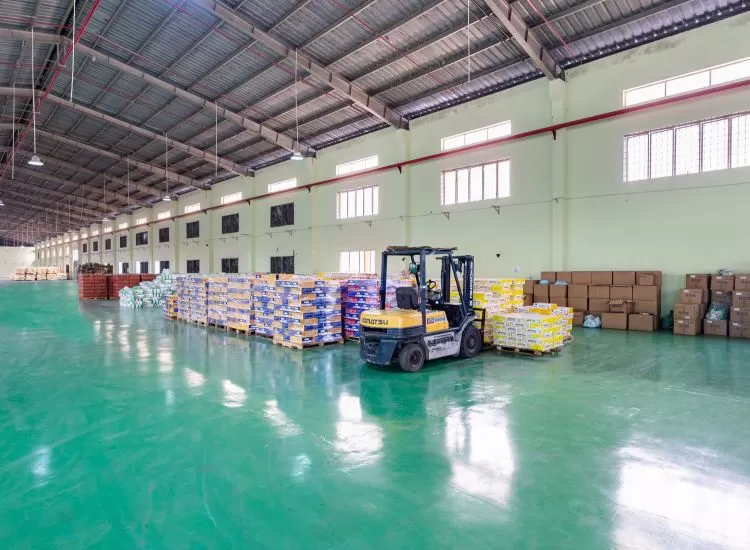Making Your Distribution Data Work For You
Consumer shipping expectations are changing faster than ever, putting more pressure on omni-channel retailers. While retail giants spend seemingly endless resources catering to customer whims, many other retailers struggle to optimize shipping and distribution practices, increase customer loyalty, and maximize sales without wasting precious resources.

With technology permeating every aspect of e-commerce and shipping, retailers now have access to a huge and largely untapped resource - troves of valuable data. Jeremy Bodenhamer, CEO and co-founder of ShipHawk, suggests ways retailers can utilize data to stay ahead.
1. Share delivery data.
Be transparent with consumers about their package's journey by offering an estimated delivery window or package location. This allows you to manage customer expectations and keep them engaged with your brand post-purchase.
2. Recognize quicker is not always better.
The majority of consumers choose the least-expensive shipping option, regardless of delivery speed. Use local and regional carriers that offer lower price points for less expansive delivery areas.
3. Use customer data to improve internal systems.
By analyzing delivery destinations and origins, purchasing traffic patterns, and selected delivery times and methods, retailers can learn about their customers. Since customer data is never static, it yields ongoing insight that can help evolve your logistics processes.
4. Use more effective targeting.
Geo-locating consumers based on delivery data can reduce costs and increase marketing ROI - allowing you to spend marketing dollars in the regions that drive the greatest profitability for your business.
5. Ship from the right location.
By analyzing purchase data, brick-and-mortar stores can increasingly operate like mini warehouses to ensure they pick, pack, and ship items efficiently. Drop shipping can also become a viable option for retailers if inventory information is well managed, up to date, and integrated with the company's logistics systems.
6. Move stock to more appropriate locations.
By studying consumer data, especially where individual items are ultimately delivered, retailers can anticipate demand and place the correct stock closer to customers.
7. Diversify delivery options.
With the rise of services such as Uber, Sidecar, Deliv, and TaskRabbit, widening distribution options are changing the nature of on-demand delivery. Though these businesses are relatively new, test them and see what works for your business.
8. Customize delivery.
While diverse delivery options are important, remember who your consumers are and what sort of options attract them specifically. For example, young professionals will probably be interested in different delivery methods than pensioners or stay-at-home parents because they are home at different times.
9. Offer optimal delivery options for each order.
Software allows retailers to offer a plethora of shipping options, easily and efficiently. Once a logistical nightmare, this process can now be automated, allowing retailers to offer customers optimal delivery options.
10. Eliminate guessing.
Instead of estimating shipping quotes or guessing which options best appeal to your customers, use data and technology to find the answers. Properly analyzing data affords huge insights into pricing strategies and supply chain optimization.
(Source: Inboundlogistics)























.webp)






.webp)
.webp)
.webp)





